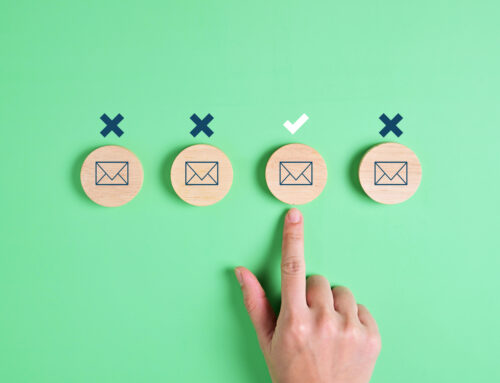You’ve decided that the benefits of emailing your newsletter to your supporters outweigh the costs and you are ready to make the transition from print to email. Here are seven tips to help you do it right.
1. Don’t try the short-cuts. Sending a PDF of your print newsletter out as an attachment to an email list is NOT an email newsletter. Neither is sending a one-line email that says “Click here to read our newsletter on our website.” If you are going to use email to communicate regularly with your supporters, create a real e-newsletter, with real content in the email itself.
2. Dissect your old print newsletter. Not everything that you included in your print newsletter will be right for your email newsletter. For example, if you had a large calendar of events in print, it’s best to highlight only a few events in an email newsletter with links to a full calendar on your website. Think about what belongs where online — not everything will work in an email.
3. Consider a more personal tone. Email is a more personal form of communication than print. If you’ve been writing your newsletter articles in the third person (The Dog Lovers Association is seeking volunteers), now is the time to move to a more personal first person- second person style (If you’d like to volunteer to walk dogs, we want to hear from you).
4. Decide on full text, teasers, or a combo. An email newsletter should be relatively short compared to a print newsletter. That means you have to make some decisions about the quantity and length of articles. Some organizations will include one full article in an email newsletter with headlines only for other articles on a website. Others will include teaser text, or longer blurbs, for all of the articles, requiring readers to click over to the website for the full version of each article. Either way is acceptable, but I think it’s best to be consistent from issue to issue.
5. Prepare to spend lots of time on microtext. Working on the microtext like headings and captions is important in print, but it’s absolutely essential in email. Start working now on the kinds of subject lines, headlines, and subheads you’ll use in your email newsletter. A large portion of your mailing list will quickly skim and read only the microtext, so make it good.
6. Use an email newsletter service. Don’t try to distribute an email newsletter out of your desktop email program. The problems with this approach are too numerous to mention. Instead, use an email marketing service provider. The benefits far exceed the minimal monthly costs.
7. Add a sign-up box to your website. Ideally, this will appear in your site template so the sign-up box appears on every page of your website. At a minimum, put it on your homepage and about us or contact us pages. One of the benefits of using an email service provider is that your supporters can add themselves to your list automatically — but only if they can find the form on your website.





